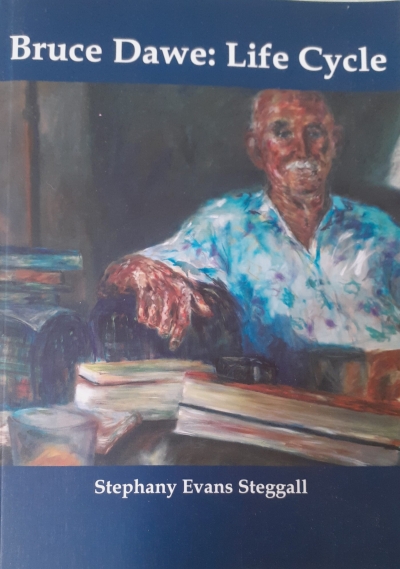Bruce Dawe
Looking back over what I guess is my literary life (so hard to distinguish from the other that it’s a bit like leaving a forest and, in a clearing, trying to pick out the path among the trees!). I suppose I could lay claim to being one of the least disappointed or frustrated writers around the place. In part, this may be a tribute to my limited expectations which were nothing if not a reflection of a 1930s childhood when, if it was working-class and semi-itinerant, the philosophy one imbibed was not to ask too much. My brother who with my mother was the essential fountain from which I drew that sustenance which comes in the guise of folk wisdom, was fond of saying: ‘They (meaning whoever the authority-figure was) never put the roof on my lavatory!’ The sacred places were sacralised by a sense of independence which, now I come to think of it, depended upon what seems to me a very traditional Australian view not to expect too much whose lugubrious extreme is summed up in the national beatitude: Blessed is the pessimist, for he shall not be disappointed …
... (read more)It is usually true to say that poetry is difficult and criticism easy. In the present case, I am not sure that this is quite so true. What can any critic sensibly say about the present batch of books which range from Bruce Dawe ‘s Collected Poems 1954–1978, Sometimes Gladness, to reprints of minor colonial verse and includes the gentle nature mysticism of John Anderson’s The Blue Gum Smokes a long Cigar, reverently illustrated by Ned Johnson and produced by Rigmarole of the Hours, and the ambitious regionalism of the two books of Hunter Valley Poets, IV and V, edited by Norman Talbot?
... (read more)



